Often seen as part of business deals or other types of transactions, handshakes are an important part of many a social interaction but what’s the best way to master the handshake? That’s the main question we’ll be answering today’s as we’ll discuss the what, when, why, and how of handshakes.
A Brief History of Handshakes
Archaeological ruins and ancient texts show that handshaking, also known as dexiosis, was practiced as far back in history as the 5th century. In particular, shaking hands was a common custom in ancient Greece and it’s depicted in much art from that region during that time period. One theory about how the handshake originated is that it was meant as a gesture of peace, given that the hand that was given out to shake could obviously not hold a weapon.
In today’s world, the handshake is commonly performed upon meeting, greeting, parting, offering congratulations, expressing gratitude, or completing an agreement. In sports or other competitive activities, you’ll also see the handshake performed as a sign of good sportsmanship. Overall, the purpose of a handshake is to convey trust, respect, balance, and equality.
Situations Where Handshaking is Practiced
Greeting guests when you’re the host or hostess of a party or conversely, greeting the host or hostess when you, yourself, are the guest at a party. Other situations would include saying goodbye when you’re leaving a gathering, meeting in-laws or future family members, or meeting someone you haven’t seen in quite a while.
Essentially, a handshake is good to employ with anyone whom you’re meeting for the first time, as well as friends, family, and acquaintances with whom you feel a hug or other intimate gesture wouldn’t be appropriate. Also, on the topic of hugs, be aware that as standards of workplace equity have increased, it’s no longer appropriate to greet a woman with a hug especially if she isn’t close to you. The best policy is to simply give everyone a firm and courteous handshake and you should be good to go and of course, whenever someone else extends their hand for you to shake, take the opportunity. After all, no one likes to be left hanging. If, for whatever reason, you do find that you would like to decline a handshake, be sure to do so politely and courteously.
Variations of A Handshake
Handshakes for Different Cultures
It’s important to note that some other cultures have specific types of handshakes or don’t do handshaking at all. For example, in Switzerland, it may be expected of you to shake a woman’s hand first. In Russia, a handshake is performed by men but rarely performed by women. In some countries such as Turkey or the Arabic-speaking Middle East, handshakes are not as firm as they typically are in the West. And also, a grip that is too firm is considered rude in these areas. In China, a softer handshake is also typically preferred but people shaking hands often hold on to each other’s hands for an extended period after the initial handshake.
Meanwhile, in Japan, a formal bow with one’s hands open and at the sides is typically customary.
Bowing is also preferred in Korea but when a handshake is performed, it should be softer initiated, by the senior of the two individuals, and done without the other hand in one’s pocket. Also, it’s a sign of respect in Korea to grasp the right arm with the left hand when two parties are shaking hands. As a final example, Masai men in Africa greet one another by a subtle touch of palms on their hands for a very brief time.
Handshakes for Organizations
Also, it’s important to note that specific organizations have their own special types of handshakes to subtly communicate between members of those organizations. Examples of this would include the Scout handshake, typically performed with the left hand by both Boy Scouts and Girl Scouts. And the handshake of the Freemasons, the specific technique of which is known only to the members of that exclusive group.
Fist Bump
We’ve got one other semi-related technique to mention here, the fist bump. Handshakes have been found to spread a few different kinds of microbial pathogens. For example, some infectious diseases like scabies are primarily transferred through direct skin-to-skin contact. Medical studies have also found though that fist bumps spread fewer germs overall than either handshakes or high-fives do. Probably because they’re not involving the palms of the hands. And now that people are becoming more aware of and sensitive to these different kinds of germs, fist-bumping is becoming more common, if only in non-business settings. You may not necessarily appreciate the practice if you prefer a more traditional handshake but if someone extends a fist, you should go ahead and fist bump using the knuckles of your hand to touch those of the other person.
The Proper Handshake
You may think there’s nothing to a handshake but in reality, there are a number of technical concerns you should be aware of to shake hands properly.
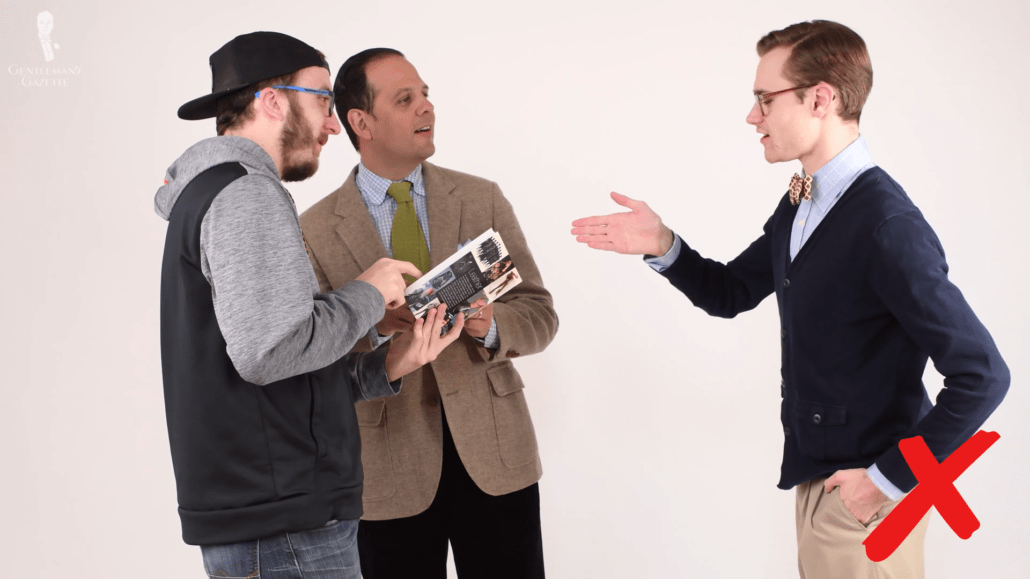
Do not approach others with an extended hand as this may create an awkward opportunity for your handshake to go unnoticed.
When should you shake hands?
We’ve already listed the proper times overall to execute a handshake but specifically within any one of these social situations, when should you do it? When another person is speaking or introducing you, wait for them to finish speaking before you offer your hand. After extending your hand and while shaking, give the other person a simple greeting, something like “Hi, I’m Preston! It’s nice to meet you!” or a simple “How are you?” could also do.
What is the right way of handshaking?
If you’re seated, begin by rising before shaking someone else’s hand. This shows courtesy and also, quite literally, puts you at the same level as the other person. Remember to make eye contact and offer a sincere smile to show that you appreciate the introduction. Also, be generally still and face the other person head-on. After all, you don’t want to give them the impression that you’re trying to get away as quickly as possible.
If you’re walking, do try to make an effort to stop and face the other person in order to shake your hand, if it’s at all possible. Similarly, don’t approach with an extended hand from behind or to the side of someone, as this may create an awkward opportunity for your handshake to go unnoticed. Speaking of unnoticed handshakes, if you are left hanging, don’t panic.
Traditional etiquette dictates that the person in the higher level of authority or age should be the one to take the lead when executing a handshake. For example, during a job interview, the interviewer should be the one to offer their hand first, however, if you are in one of these situations and the senior individual doesn’t take the lead, if you still feel that a handshake would be appropriate, you can take the initiative. Remember to extend your hand with a smile and a warm comment.
What about grip pressure?
This one’s a particularly critical point. You should make sure that your handshake is firm and not limp. Nobody likes a dead fish handshake, however, on the flip side, you also don’t want to be one of those people that crushes the other person’s hand with a death grip. In other words, your grip should reflect positively on you, it should communicate that you’re not aggressive or passive but rather assertive. Along these same lines, shake hands from your elbow, not from your shoulder. If the force of your handshake is coming from your entire arm, there’s a possibility that you’re going to jolt your conversational partner around which definitely isn’t desirable.
Regarding the point of contact, you should try to go for a web touch, which is to say, the webbing between your thumb and index finger should meet that same point on the other person’s hand. Just as nobody likes a limp handshake, getting a handful of fingers is also equally awkward.
Which hand should you use?
Most people and cultures will use the right hand for a handshake unless they have a specific reason to use the left such as injury. If you would like to shake hands with a person who only has a left hand, then obviously, use your left as well.
And a related point, even though you’re probably going to be shaking with your right hand, your left hand should still be visible and it shouldn’t be clenched into a fist. This may come across as hostile in most business situations. Your left hand should just remain at your side and you shouldn’t use it when shaking with your right to cup the other person’s hand or touch their arm. The use of two hands when shaking hands with strangers is often seen as intrusive and it can sometimes be referred to as the politicians shake because it’s seen as artificially friendly.
Don’t forget about hygiene
One additional note about hygiene, your hands should be free of any dirt, grease, food, or debris when shaking hands with someone. If you suffer from sweaty or clammy hands, make an effort to blot your hand on your trousers or on a handkerchief before shaking hands with someone. Conversely, if you happen to shake hands with someone else who has sweaty palms, don’t try to wipe your hand off right away as this will probably come across as disrespectful.
Handshake Fails: What to do?
Here are a few general etiquette tips on what to do when handshaking mistakes do occur.
- If you are left hanging, try not to feel too embarrassed about it. Most likely, the situation wasn’t that the person didn’t respect you enough to give you a handshake, it was simply that your timing in the situation was off.
- If you do make a mistake with your handshake technique or timing, simply try again.
- When you think the time is appropriate, you could maybe add a bit of self-deprecating humor and of course, don’t forget to smile.
So mastering the art of the handshake is key to looking courteous and confident whether in a business setting or elsewhere. Armed with all of these tips, you should have any potential situation well in hand.it
How do you practice handshaking? Share it with us in the comments section!
from Gentleman's Gazette https://ift.tt/2YX267V


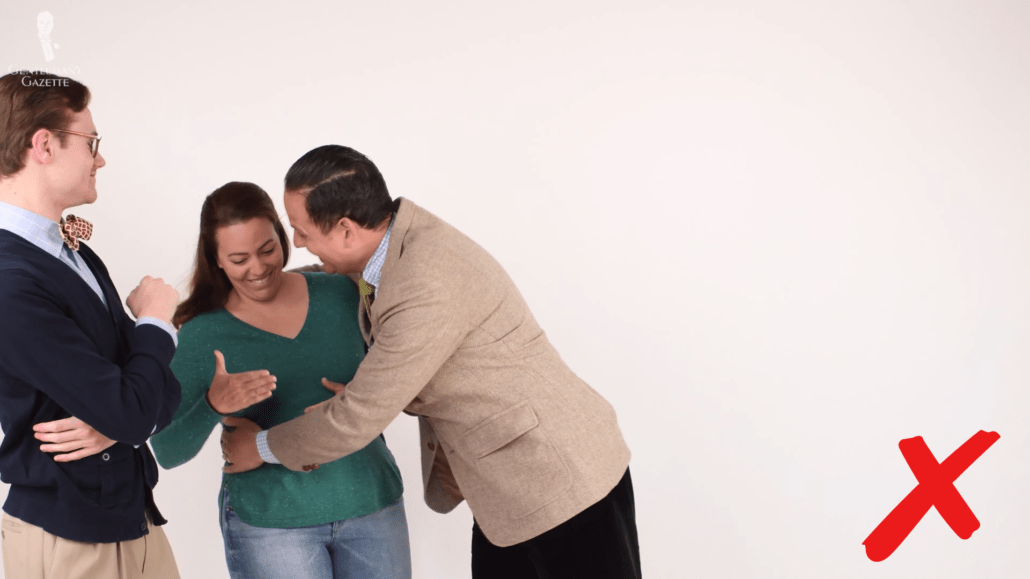
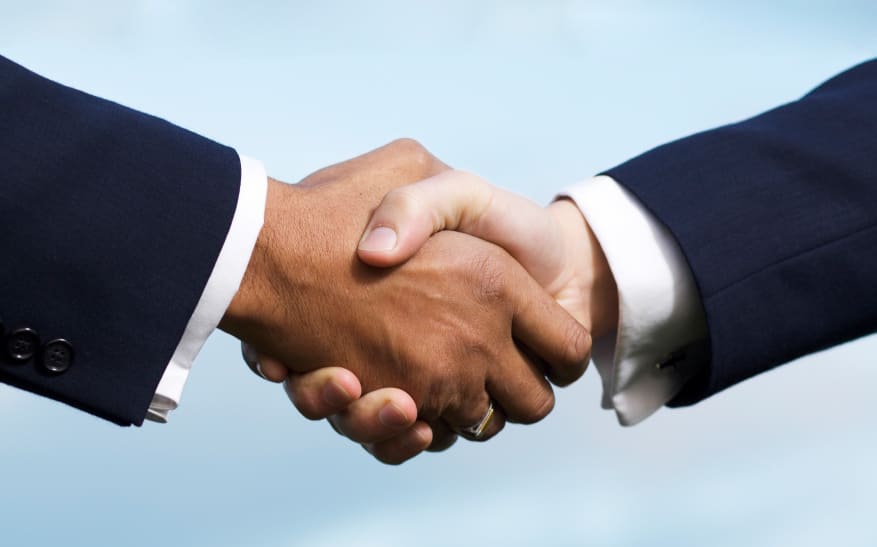
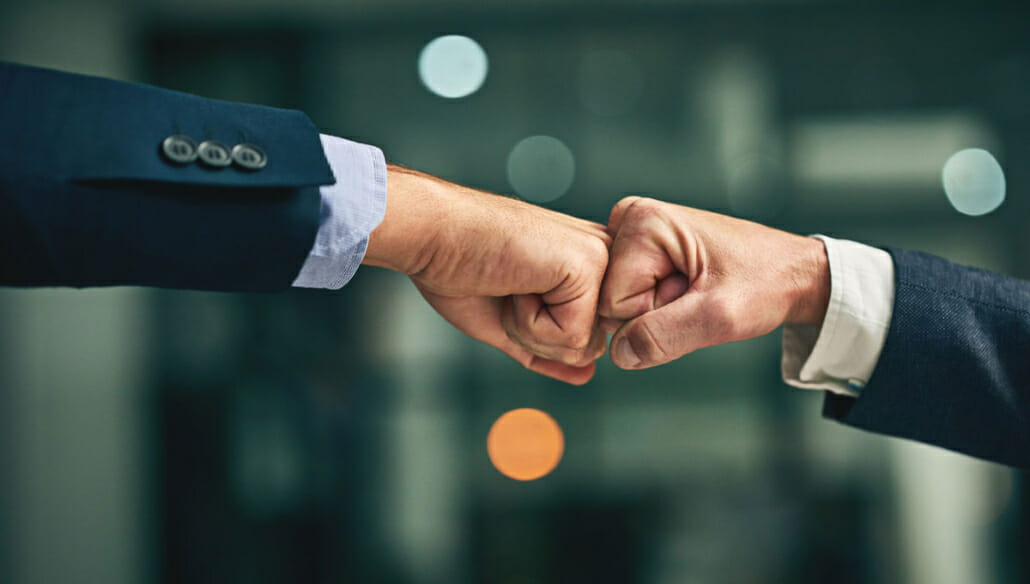
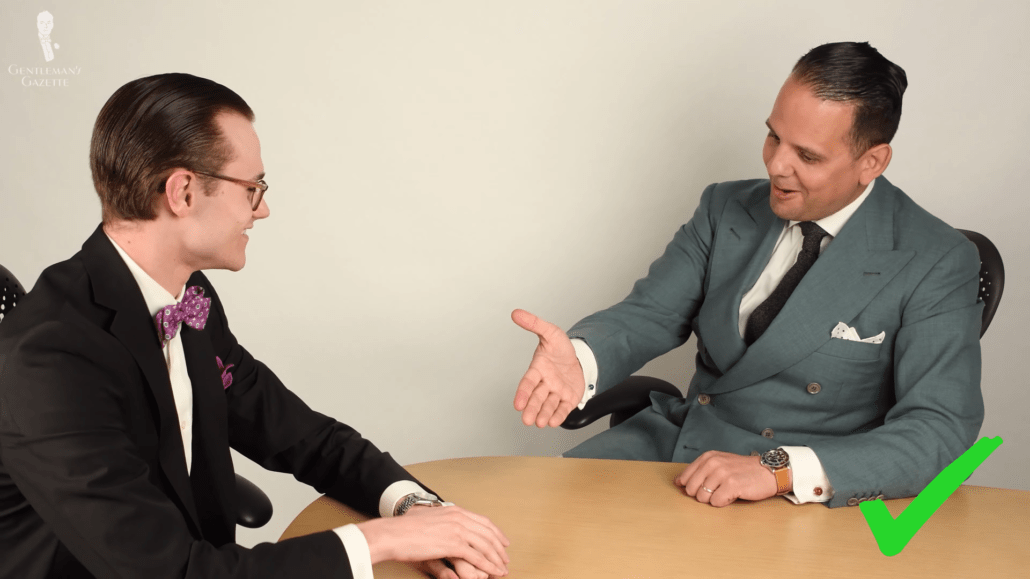
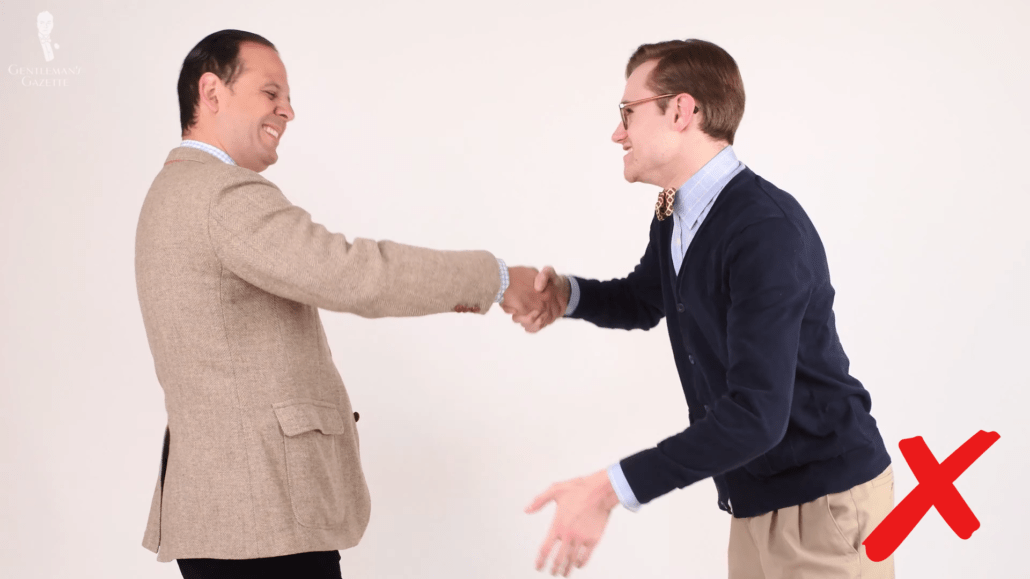
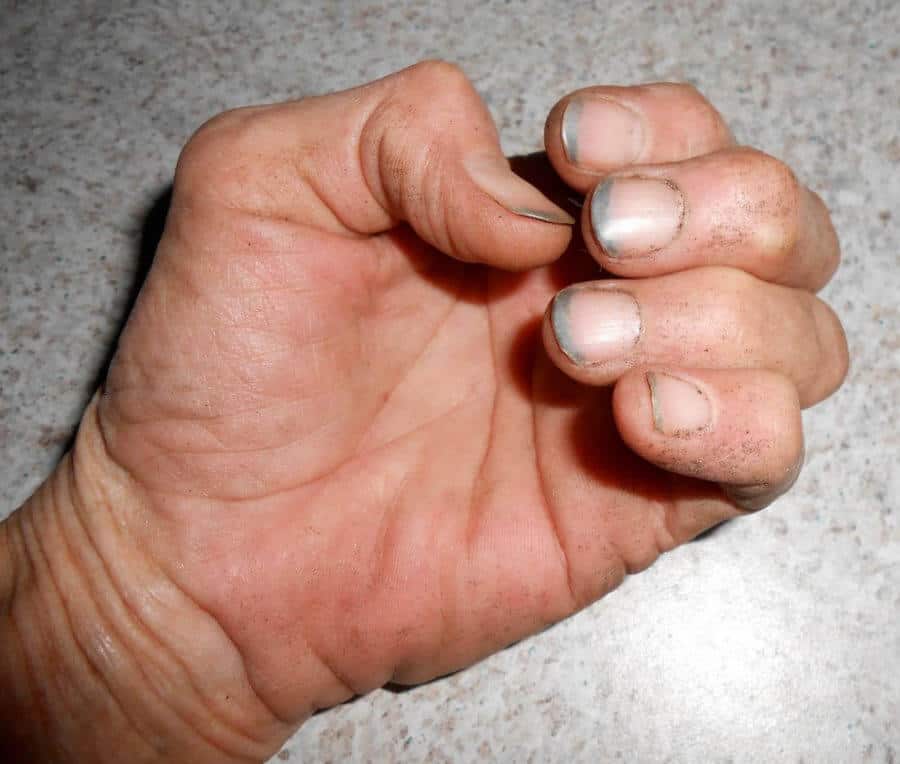



0 Comments